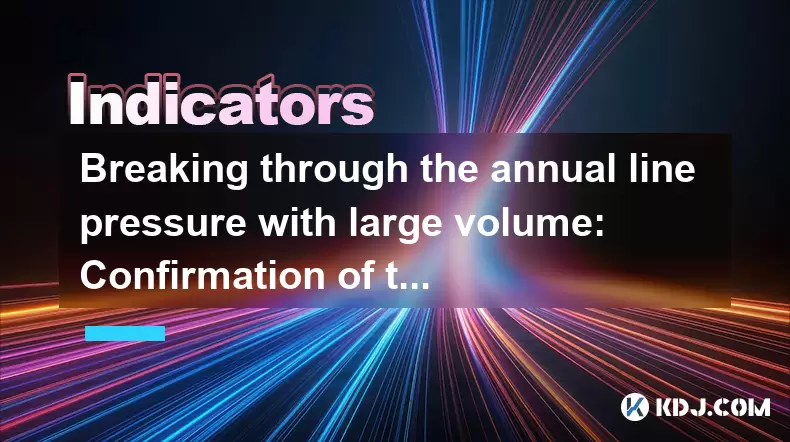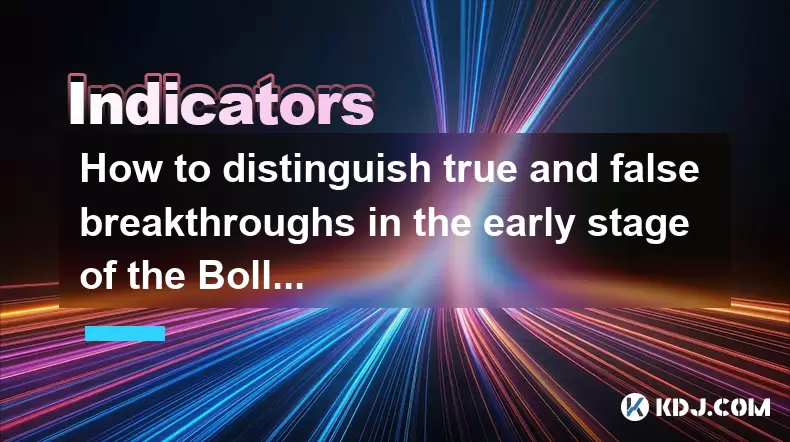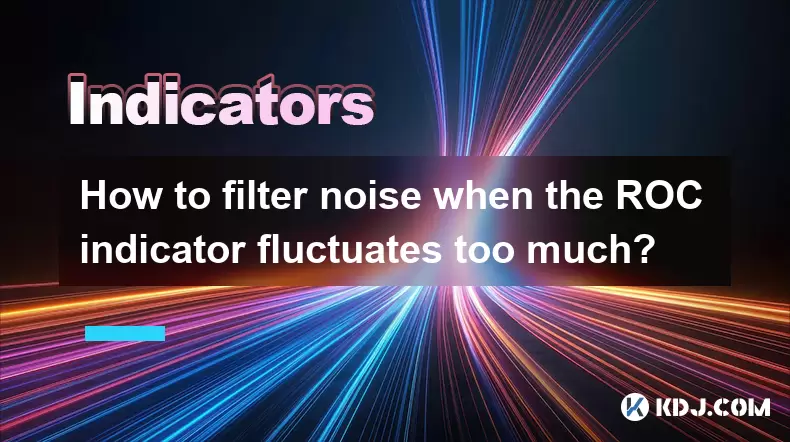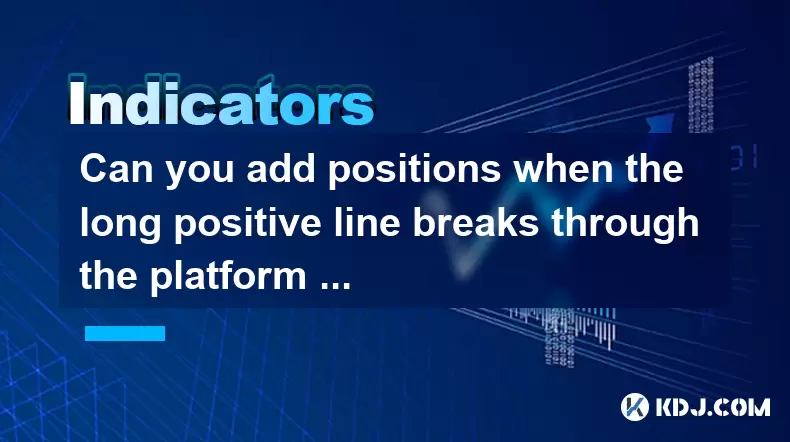-
 Bitcoin
Bitcoin $106,754.6083
1.33% -
 Ethereum
Ethereum $2,625.8249
3.80% -
 Tether USDt
Tether USDt $1.0001
-0.03% -
 XRP
XRP $2.1891
1.67% -
 BNB
BNB $654.5220
0.66% -
 Solana
Solana $156.9428
7.28% -
 USDC
USDC $0.9998
0.00% -
 Dogecoin
Dogecoin $0.1780
1.14% -
 TRON
TRON $0.2706
-0.16% -
 Cardano
Cardano $0.6470
2.77% -
 Hyperliquid
Hyperliquid $44.6467
10.24% -
 Sui
Sui $3.1128
3.86% -
 Bitcoin Cash
Bitcoin Cash $455.7646
3.00% -
 Chainlink
Chainlink $13.6858
4.08% -
 UNUS SED LEO
UNUS SED LEO $9.2682
0.21% -
 Avalanche
Avalanche $19.7433
3.79% -
 Stellar
Stellar $0.2616
1.64% -
 Toncoin
Toncoin $3.0222
2.19% -
 Shiba Inu
Shiba Inu $0.0...01220
1.49% -
 Hedera
Hedera $0.1580
2.75% -
 Litecoin
Litecoin $87.4964
2.29% -
 Polkadot
Polkadot $3.8958
3.05% -
 Ethena USDe
Ethena USDe $1.0000
-0.04% -
 Monero
Monero $317.2263
0.26% -
 Bitget Token
Bitget Token $4.5985
1.68% -
 Dai
Dai $0.9999
0.00% -
 Pepe
Pepe $0.0...01140
2.44% -
 Uniswap
Uniswap $7.6065
5.29% -
 Pi
Pi $0.6042
-2.00% -
 Aave
Aave $289.6343
6.02%
Breaking through the annual line pressure with large volume: Confirmation of the start of the bull market?
Breaking the annual line with large volume in crypto can signal a bull market start, but traders must watch for false breakouts and market manipulation.
May 31, 2025 at 06:22 am

The cryptocurrency market is a complex and dynamic environment where various factors contribute to the rise and fall of prices. One of the key indicators that traders and investors look for is the breaking of the annual line with large volume, which some consider a signal for the start of a bull market. This article delves into the significance of breaking through the annual line with large volume and explores whether it indeed confirms the onset of a bullish trend.
Understanding the Annual Line in Cryptocurrency
The annual line in the context of cryptocurrency refers to a trend line drawn across the highest and lowest points of a cryptocurrency's price over the course of a year. This line helps traders identify the long-term trend of a cryptocurrency, whether it is bullish, bearish, or sideways. Breaking through the annual line with significant volume can be a powerful indicator, as it suggests a strong shift in market sentiment.
The Role of Volume in Confirming Breakouts
Volume is a critical component when assessing the validity of a breakout. High volume during a breakout above the annual line indicates strong buying interest and a potential shift in market dynamics. When a cryptocurrency breaks through its annual line with high volume, it suggests that a large number of traders and investors are participating in the move, increasing the likelihood that the breakout is sustainable and not just a false signal.
Case Studies of Annual Line Breakouts
To better understand the impact of breaking through the annual line with large volume, let's look at a few case studies from the cryptocurrency market.
Bitcoin in 2020: In late 2020, Bitcoin broke through its annual line with significant volume, marking the beginning of a strong bullish trend that continued into 2021. The high volume during the breakout indicated strong market participation and confidence in Bitcoin's upward trajectory.
Ethereum in 2021: Ethereum experienced a similar breakout in early 2021. The cryptocurrency broke above its annual line with substantial volume, leading to a significant price increase over the following months. This breakout was seen as a confirmation of the start of a bull market for Ethereum.
These case studies illustrate that breaking through the annual line with large volume can indeed be a strong indicator of the start of a bull market.
Factors Influencing the Validity of Breakouts
While breaking through the annual line with large volume can be a powerful signal, several factors can influence the validity and sustainability of such breakouts.
Market Sentiment: The overall sentiment in the cryptocurrency market can significantly impact the sustainability of a breakout. Positive news, regulatory developments, and macroeconomic factors can all contribute to a bullish market sentiment.
Technical Indicators: Other technical indicators, such as moving averages, Relative Strength Index (RSI), and Bollinger Bands, can provide additional confirmation of a breakout. Traders often look for alignment between multiple indicators to increase their confidence in a breakout.
Fundamental Analysis: The underlying fundamentals of a cryptocurrency, such as its technology, adoption rate, and development team, can also influence the sustainability of a breakout. A strong fundamental foundation can support a longer-lasting bull market.
Strategies for Trading Breakouts
Traders who are looking to capitalize on breakouts above the annual line with large volume can employ several strategies to maximize their chances of success.
Entry Points: Identifying the right entry point is crucial. Traders can use the breakout itself as an entry signal, entering a long position as soon as the price breaks above the annual line with high volume.
Stop-Loss Orders: To manage risk, traders should set stop-loss orders below the breakout level. This helps protect against potential false breakouts and limits potential losses.
Profit Targets: Setting profit targets can help traders lock in gains. Some traders use technical indicators to set profit targets, while others may use a fixed percentage or dollar amount.
Monitoring Volume: Continuously monitoring volume after the breakout can provide insights into the sustainability of the move. A continued increase in volume can confirm the strength of the breakout, while a decrease in volume may signal a potential reversal.
Potential Risks and False Signals
While breaking through the annual line with large volume can be a strong indicator of the start of a bull market, it is not foolproof. Traders must be aware of the potential risks and false signals that can occur.
False Breakouts: Sometimes, a cryptocurrency may break above the annual line with high volume, only to quickly reverse and fall back below the line. These false breakouts can lead to significant losses for traders who enter positions based on the initial signal.
Market Manipulation: The cryptocurrency market is susceptible to manipulation, particularly in less liquid assets. Large volume during a breakout could be the result of coordinated efforts to pump the price, leading to a false signal.
Overbought Conditions: If a cryptocurrency breaks through the annual line with large volume but is already in overbought territory according to technical indicators like the RSI, it may be more prone to a reversal.
Frequently Asked Questions
Q: How can I differentiate between a genuine breakout and a false one?
A: Differentiating between a genuine and a false breakout involves looking at multiple factors. Consistent volume after the breakout, alignment with other technical indicators, and the absence of immediate reversal patterns can increase the likelihood of a genuine breakout. Additionally, monitoring market news and sentiment can provide context that helps differentiate between genuine and false signals.
Q: What other indicators should I use in conjunction with the annual line breakout?
A: Other useful indicators include moving averages to confirm the trend direction, the Relative Strength Index (RSI) to assess overbought or oversold conditions, and Bollinger Bands to identify volatility and potential breakout levels. Combining these indicators with the annual line breakout can provide a more comprehensive view of the market.
Q: How long should I hold a position after a breakout?
A: The duration of holding a position after a breakout can vary based on individual trading strategies and market conditions. Some traders may aim for short-term gains and exit positions within days or weeks, while others may hold for longer periods if they believe in the sustainability of the bull market. Setting clear profit targets and monitoring market conditions can help determine the appropriate holding period.
Q: Can breaking through the annual line with large volume be a reliable indicator for altcoins?
A: While the principle of breaking through the annual line with large volume can apply to altcoins, the reliability of this indicator can vary. Altcoins often have lower liquidity and are more susceptible to manipulation, which can lead to false signals. Therefore, it is crucial to consider the specific characteristics and market conditions of each altcoin when using this indicator.
Disclaimer:info@kdj.com
The information provided is not trading advice. kdj.com does not assume any responsibility for any investments made based on the information provided in this article. Cryptocurrencies are highly volatile and it is highly recommended that you invest with caution after thorough research!
If you believe that the content used on this website infringes your copyright, please contact us immediately (info@kdj.com) and we will delete it promptly.
- Cardano, Dogecoin, and the Altcoin Shift: What's Next?
- 2025-06-20 22:45:12
- Gold Coin, Rare, Horses: A Numismatic Roundup
- 2025-06-20 22:45:13
- Dogecoin, Shiba Inu, and the Meme Coin Mania: What's Next?
- 2025-06-20 22:25:12
- GateToken (GT) Price Prediction: Navigating 2025-2030 with a New Yorker's Sass
- 2025-06-20 23:05:13
- Pepe, Price Prediction, and Elon Musk: A NYC Take on the Frog Coin Frenzy
- 2025-06-20 23:05:13
- Core Scientific (CORZ): Needham's Price Target and the Bitcoin Mining Upside
- 2025-06-20 22:25:12
Related knowledge

Does the sudden contraction of ATR indicate the end of the trend?
Jun 20,2025 at 11:14pm
Understanding ATR and Its Role in Technical AnalysisThe Average True Range (ATR) is a technical indicator used to measure market volatility. Developed by J. Welles Wilder, ATR calculates the average range of price movement over a specified period, typically 14 periods. It does not indicate direction—only volatility. Traders use ATR to gauge how much an ...

Is the trend continuation when the Williams indicator is oversold but there is no rebound?
Jun 20,2025 at 11:42pm
Understanding the Williams %R IndicatorThe Williams %R indicator, also known as the Williams Percent Range, is a momentum oscillator used in technical analysis to identify overbought and oversold levels in price movements. It typically ranges from 0 to -100, where values above -20 are considered overbought and values below -80 are considered oversold. T...

Is the golden cross of the ROC indicator below the zero axis effective?
Jun 20,2025 at 09:42pm
Understanding the ROC Indicator and Its Role in Cryptocurrency TradingThe Rate of Change (ROC) indicator is a momentum oscillator widely used by traders to assess the speed at which cryptocurrency prices are changing. It measures the percentage difference between the current price and the price from a certain number of periods ago. The ROC helps identif...

How to distinguish true and false breakthroughs in the early stage of the Bollinger Band opening?
Jun 20,2025 at 10:35pm
Understanding the Bollinger Band StructureBollinger Bands consist of three lines: a simple moving average (SMA) in the middle, and two outer bands that are standard deviations away from the SMA. These bands expand and contract based on market volatility. When the bands begin to widen, it often signals an increase in price volatility, which traders inter...

How to filter noise when the ROC indicator fluctuates too much?
Jun 20,2025 at 11:07pm
Understanding the ROC Indicator and Its SensitivityThe Rate of Change (ROC) indicator is a momentum oscillator that measures the percentage change in price between the current closing price and the closing price from a specified number of periods ago. When the ROC indicator fluctuates too much, it can create misleading signals, especially in volatile or...

Can you add positions when the long positive line breaks through the platform and then shrinks and falls back?
Jun 20,2025 at 08:57pm
Understanding the Price Pattern: Breakthrough, Retract, and ConsolidationIn cryptocurrency trading, one of the commonly observed patterns involves a long positive line breaking through a consolidation platform, followed by a retraction or pullback. This scenario often raises questions among traders about whether to add positions after such a move. The p...

Does the sudden contraction of ATR indicate the end of the trend?
Jun 20,2025 at 11:14pm
Understanding ATR and Its Role in Technical AnalysisThe Average True Range (ATR) is a technical indicator used to measure market volatility. Developed by J. Welles Wilder, ATR calculates the average range of price movement over a specified period, typically 14 periods. It does not indicate direction—only volatility. Traders use ATR to gauge how much an ...

Is the trend continuation when the Williams indicator is oversold but there is no rebound?
Jun 20,2025 at 11:42pm
Understanding the Williams %R IndicatorThe Williams %R indicator, also known as the Williams Percent Range, is a momentum oscillator used in technical analysis to identify overbought and oversold levels in price movements. It typically ranges from 0 to -100, where values above -20 are considered overbought and values below -80 are considered oversold. T...

Is the golden cross of the ROC indicator below the zero axis effective?
Jun 20,2025 at 09:42pm
Understanding the ROC Indicator and Its Role in Cryptocurrency TradingThe Rate of Change (ROC) indicator is a momentum oscillator widely used by traders to assess the speed at which cryptocurrency prices are changing. It measures the percentage difference between the current price and the price from a certain number of periods ago. The ROC helps identif...

How to distinguish true and false breakthroughs in the early stage of the Bollinger Band opening?
Jun 20,2025 at 10:35pm
Understanding the Bollinger Band StructureBollinger Bands consist of three lines: a simple moving average (SMA) in the middle, and two outer bands that are standard deviations away from the SMA. These bands expand and contract based on market volatility. When the bands begin to widen, it often signals an increase in price volatility, which traders inter...

How to filter noise when the ROC indicator fluctuates too much?
Jun 20,2025 at 11:07pm
Understanding the ROC Indicator and Its SensitivityThe Rate of Change (ROC) indicator is a momentum oscillator that measures the percentage change in price between the current closing price and the closing price from a specified number of periods ago. When the ROC indicator fluctuates too much, it can create misleading signals, especially in volatile or...

Can you add positions when the long positive line breaks through the platform and then shrinks and falls back?
Jun 20,2025 at 08:57pm
Understanding the Price Pattern: Breakthrough, Retract, and ConsolidationIn cryptocurrency trading, one of the commonly observed patterns involves a long positive line breaking through a consolidation platform, followed by a retraction or pullback. This scenario often raises questions among traders about whether to add positions after such a move. The p...
See all articles

























































































